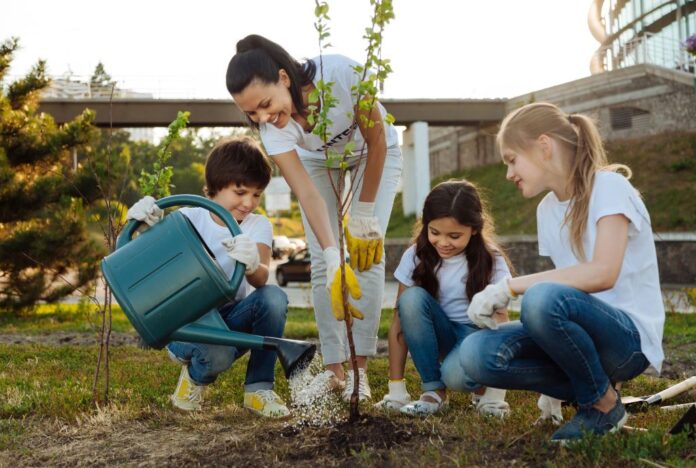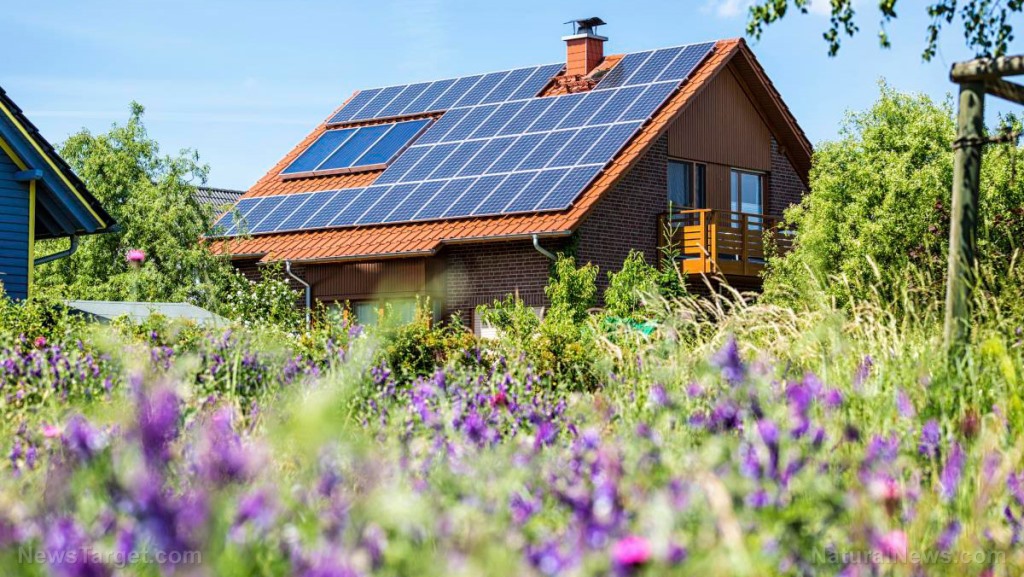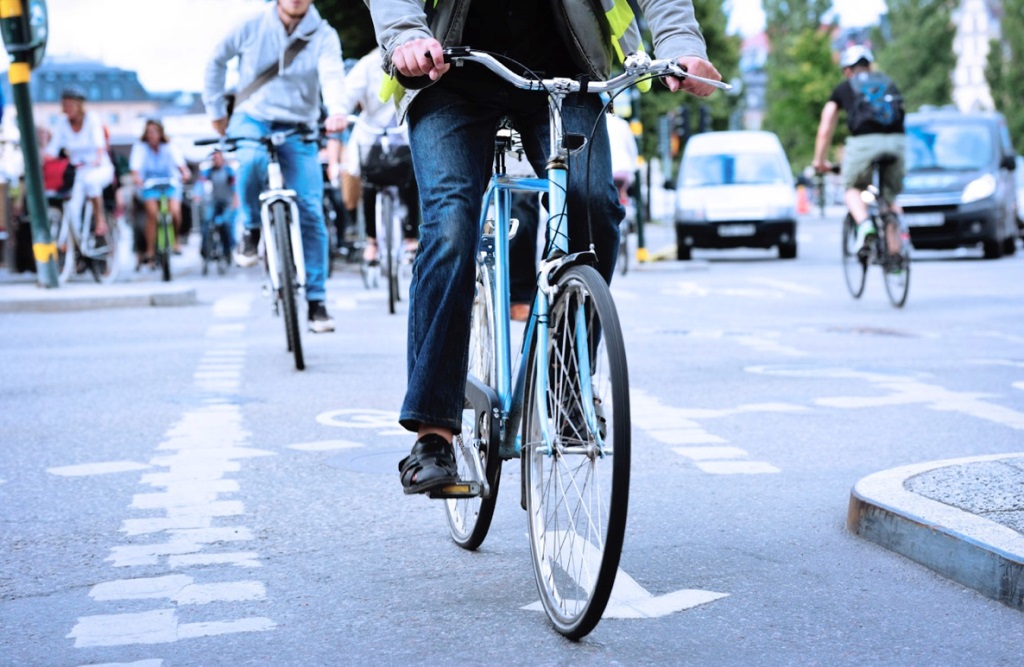Climate Change affects everyone in the world, and so stands the reason that everyone must also do their part to mitigate it. Our carbon footprint is the biggest contributor to climate change, and when we say “our”, it means the things that human beings do to our planet that produces it.
Carbon footprint refers to greenhouse emissions coming from production, usage, and end-of-life of a product or service. These are the carbon dioxide, methane, nitrous oxide, and fluorinated gases, that seals in heat in the atmosphere. We usually blame big corporations for the emission of these gases, but we are also to blame.
Here are some ways to reduce our carbon footprint at home.
Minimize Meat Consumption
Food systems still have some ways to go to be simple and eco-friendly. The research is still in pursuit to find the best environmentally-friendly diet there is. But most experts agree that cutting down on meat is better for the environment. This is because red meat production entails a large consumption of feeds, water, and land to sustain supply. Also, livestock, especially cows, give off methane emissions.
Going vegan can’t be for everyone but lessening your meat consumption can help you and the environment at the same time. You’ll be able to incorporate vegetables and other healthy alternatives into your food plate to create a healthy balanced diet.
Alternate Energy Source
We consume a lot of energy at home, we might not notice it, but a typical neighborhood has a power usage, comparable to that of a large manufacturing plant. Saving power can go a long way for our environment. Alternatively, you can find out how you can save with solar panels, as this renewable energy source reduces your dependence on non-renewable energy sources. The sun is the ultimate power source, and harnessing its energy in a clean and environmentally-friendly way can significantly reduce your carbon footprint at home.
Reduce Power Consumption
One way to save energy is to eliminate unnecessary consumption. Unplugging unused devices is one of the best practices you can do to minimize your power consumption. It is a fact that even when a device is turned off, if it is still plugged into the socket, it still draws energy.
Using a dryer consumes five times the energy than a washing machine. Shifting to a traditional method of dry hanging your clothes, instead of using a power dryer, is a good practice to save energy.
Plant a Garden
Plants absorb carbon dioxide from the atmosphere, so we need more of them. You don’t need a lot of space to grow your garden. Even if you live in a small apartment, planting some greens on a pot is pretty easy. If you live in a city, you can have a balcony garden to expunge some of the heat generated by the cars around it. You don’t only make your home beautiful, you are also contributing freshness to your neighborhood.
Drive Less
Cars, technically, are used outside your home, but since they’re an extension of your domicile and almost every household has one, we’re putting it on the list. If you don’t have to go very far, you can ride a bike or just walk to your destination. It doesn’t only clean the atmosphere, it’ll keep you healthy as well. You can also go for mass transportation if you’re going to places that are verily accessible. It can also save you the hassle of looking for a parking spot or paying for a meter.
These are not complicated nor herculean practices to minimize our impact on the environment. You don’t have to change your lifestyle in one day, making small but consistent changes to how you consume and live your life can make all the necessary difference.




















